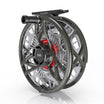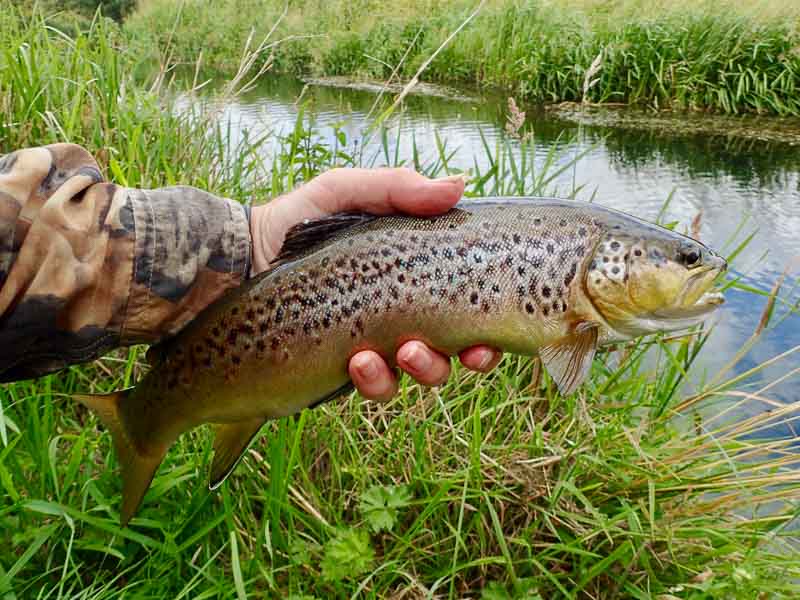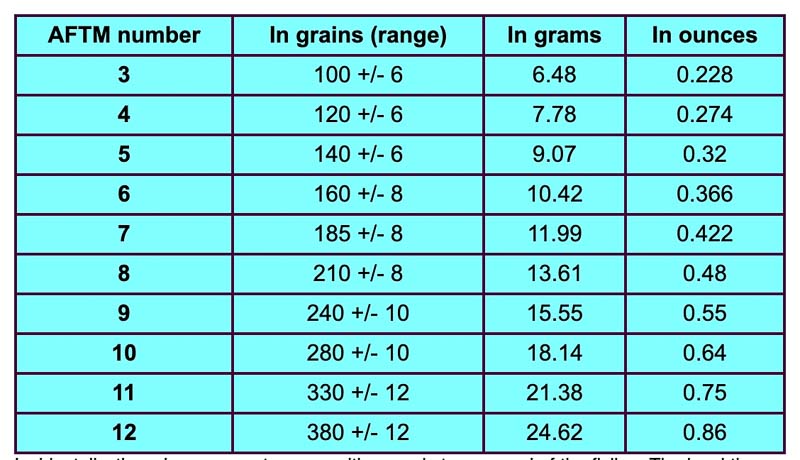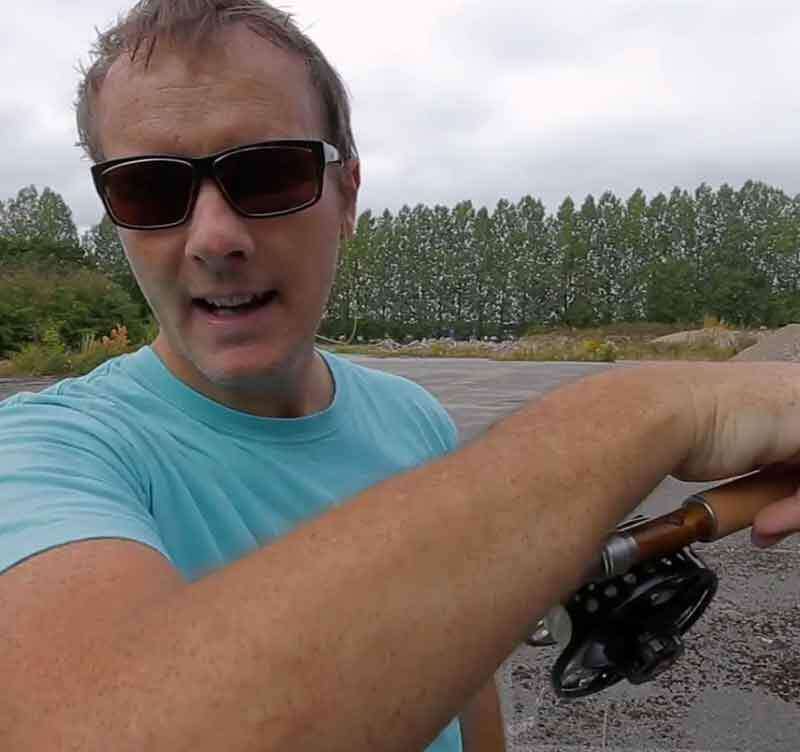Fly Fishing in UK for fussy trout & Grayling
It’s been a strange year with desperately low water on my local, North-east Yorkshire Rivers right up till October. Add to this some very well educated fish that had seen it all & it has made for some challenging game fishing at times. I love challenging fishing as it makes me think & I have to work at sorting out solutions. So here are some of the tactics that I have used to try to fool difficult fish.
Early in 2019 the small North Yorkshire Moors Rivers were already at low summer levels & the wild brown trout were virtually totally preoccupied with the super-abundant aphids that covered every bankside alder & sycamore tree. As mentioned in an earlier blog, the answer was to fish hyper-light with my Sunray 10’ 6” Zero weight, Orvis 7’ 6” 1 weight or 10’ Sunray Volition JL 2 weight rods teamed up with either a Micro-nymph line, 0 weight Sunray Jeremy Lucas Micro Thin line or a 1 weight Jeremy Lucas line & a 12 to 14’ leader plus 0.10 to 0.09mm tippet (7 to 8x) & size 26 to 30 CdC Aphid imitations (IOBO Humpies & Minimalistic Micro-midges). Of vital importance were extreme stealth, super-accurate casting (fish won’t move far for such tiny food items) & usually repeated casting to a rising fish until a perfectly drag-free drift was achieved.

1. North Yorks Moors aphid-feeder, 1 weight rod & 1 weight Jeremy Lucas line
Trout fishing In mid-summer on Driffield Beck it was often equally challenging. Very low flows, gin-clear water, no significant fly hatches & fishing for wild, educated fish resulted in some potentially frustrating fishing. A stealthy approach was again paramount & my kneepads got a lot of use so I could hide behind the extensive bankside vegetation, (most of the fishing is from the bank). All too often the fish would look at a fly (dry fly or nymph) & follow it downstream only to turn away after seeing a trace of unnatural drag/movement. It was a humbling experience. The big grayling in particular left me in no doubt that much of the time my presentation was substandard as they had all the time in the world to see the flaws in my presentation. I did manage to fool a couple in the slightly faster water by shear, dogged persistence (2lb 11oz & 3lb 0oz), but I never felt that I cracked the big grayling problem.

2. 3lb 0oz Driffield Beck grayling
I did, however, have more success with the trout. Fortunately when it was dull & late in the day a few small Longhorn Sedges would flutter in their mating dance over the river, just enough to get a few fish rising. Yet again a light line (1 weight Jeremy Lucas), fine tippet (5x maximum, even for the big fish), long leader & long soft rod (10’ 2 weight Volition or 11’ 3 weight Greys Streamflex, to reach over the extensive bankside vegetation) were the ‘order of the day’ teamed up with a size 16 F Fly. Once again super-accurate casting was essential. Except on the rare occasion when the fish were well on feed, if the fly was cast a couple of feet above the fish the fish had too much time to check it out & generally refused it. Far more effective was to land the fly right on the fish’s nose or just behind it: this usually resulted in a reflex response & a very aggressive take. If the fly was still refused a twitch or two sometimes induce a take, as did actively dragging the fly across the surface.

3. A nice wild Driffield Beck trout taken on a size 16 F Fly landed on its nose
Sometimes it helps to think ‘outside the box’ & in the past doing something radically different has worked for me when targeting well-educated fish. In September a few years ago, when the rivers were in flood, I fished a small, shallow, gin-clear Austrian lake that had obviously been very heavily fished all summer. The brown trout & brook trout would look at & refuse all offerings, dry flies & subsurface flies. I finally achieved success by fishing with a pink weighted Squirmy Worm fished static on the lakebed. The fish would dart forward to investigate as the fly hit the water, follow it to the lakebed then after circling it a time or two swim away. However they would soon return to reinvestigate. This they would do several times only to finally inhale my offering.

4. Austrian lake brown trout caught on a static Pink Squirmy Worm
If you are targeting a particularly big fish then don’t give up. Try different presentations first, then different flies since once it has rejected a particular pattern several times you can be sure it knows that it isn’t food. Give it plenty of time to recover between each trial (you could go off & target a different fish for a while). This past summer a friend & I did this whilst rod sharing on the River Bradford in Derbyshire (a tiny, shallow, limestone stream) & finally we tempted our targeted fish.

5. A tricky Derbyshire fish that took repeated attempts to fool
If all else fails with a particular fish then don’t waste time, move on & find a fish that is less choosy/uncooperative.
Some fisheries stock regularly with ‘tame’ farmed fish to make the fishing easy & others restrict the number of fish that the angler is allowed to catch or limit the number of anglers on the water to limit the pressure on the fish & reduce the risk that they will become too well educated & ‘uncatchable’. Many of the waters that I fish are heavily fished & when possible I avoid stocked fish (except for on my local small still water where the rainbows can become highly educated & preoccupied with the tiniest of midges). I just love the challenge of fooling well-educated, difficult fish. There is far more pleasure from catching one or two challenging fish compared with dozens of easy, often freshly stocked, fish. The low water & fussy fish of 2019 have given me a great trout season. Let’s hope that the late autumn & winter grayling fishing is just as good!!!!






















